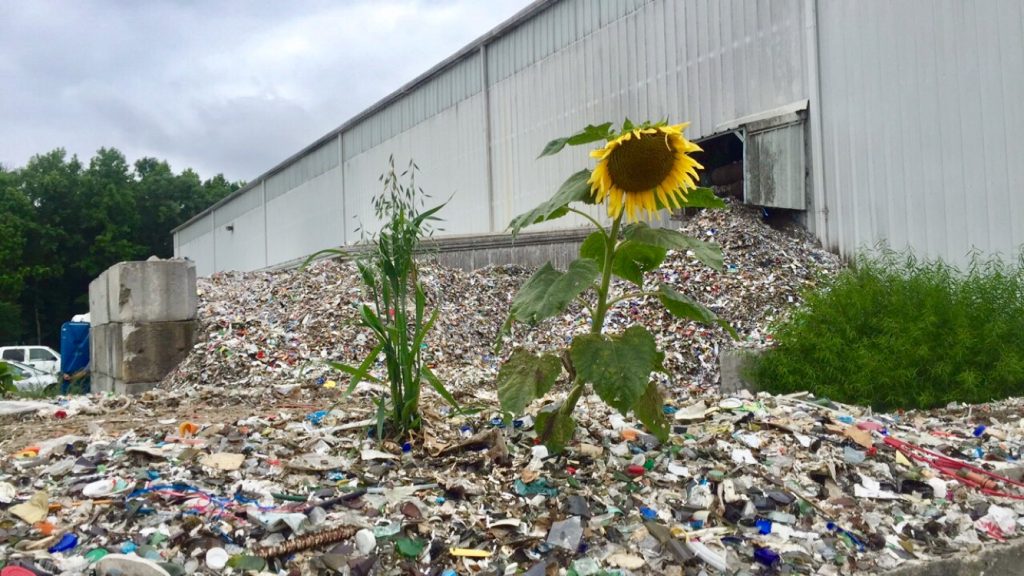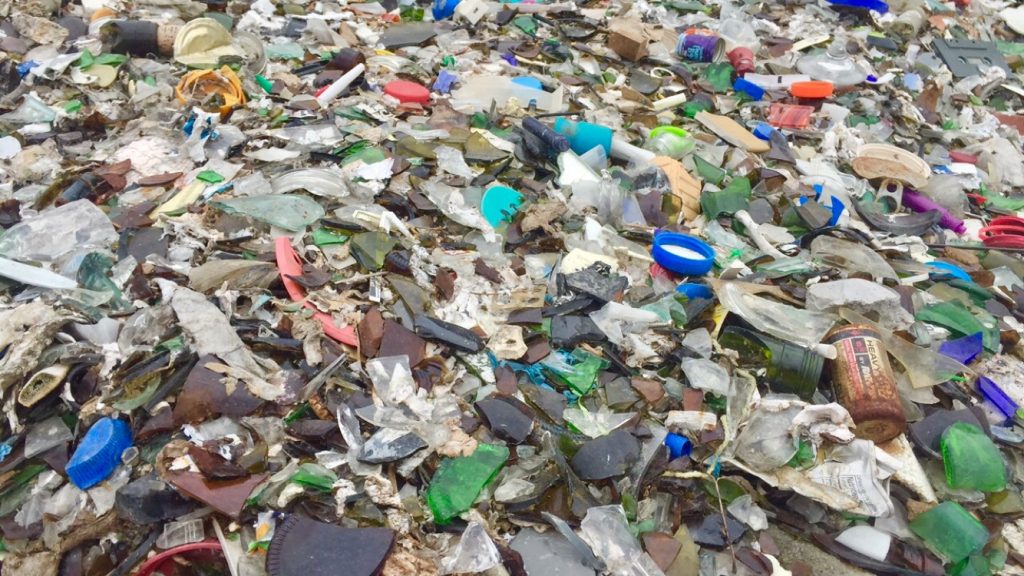Last Thursday we took a trip to Concord to attend a meeting of the Centralina Council of Governments (CCOG) on Regional Solid Waste and Recycling. In addition to the four NCDEQ members in attendance, there were representatives from about 6 counties who were located nearby. These meetings are quarterly and are meant to convey updates and form solutions to solid waste and recycling problems regionally. There are 16 COGs in NC, and only a handful do extensive work around issues of solid waste and recycling. At the meeting NCDEQ presented first, speaking about updates at the State level regarding our status in the budget (we made it!!!- with some cuts at the regional administration level) and new legislation being proposed on the tire tax which would change it from a percent of sales to a fixed dollar amount when a consumer buys a tire.
During our discussion, one of the major issues of concern for counties in the area was projected population growth to that region of the state in the coming years. Landfill capacity and space available in landfills to receive future waste was a cited concern among many of the members in attendance- many were looking for new land and ways to effectively utilize landfill space. These are important conversations for governments to have inter-locally. Managing our waste will be a topic of continued conversation and issue as population sizes grow in the state and more trash is produced. One way to reduce our impact on landfills is to promote more recycling. This leads me to my next topic of conversation- MRFs! We visited one after the meeting.
A MRF is a Materials Recycling Facility. I think I’ve discussed this in previous blogs. However, just to refresh your memory, a MRF is where recyclables are brought to be sorted out- in the simplest terms. Since we mostly utilize single stream recycling in North Carolina now (where all recyclables go into the same bin), recyclables are sorted into their respective commodities in these facilities. These include different types of plastics (milk jugs are made of HDPE, which is different from soda bottles typically made of PET), aluminum cans, glass, cardboard, etc. Remember when I talked about visiting a plastics recycling facility? Plastics are made of different resins and not all of these can be blended together to create new products.
Since we mostly utilize single stream recycling in North Carolina now (where all recyclables go into the same bin), recyclables are sorted into their respective commodities in these facilities. These include different types of plastics (milk jugs are made of HDPE, which is different from soda bottles typically made of PET), aluminum cans, glass, cardboard, etc. Remember when I talked about visiting a plastics recycling facility? Plastics are made of different resins and not all of these can be blended together to create new products.
At the plastics recycling facilities plastics are shredded and sold to companies for reuse. Many times companies will melt these plastics back down to put them into their products- so it is important that the materials be functional. You can see an example of the materials when they are sorted in the image above. On the left are milk cartons, and on the right are plastic bottles. It was my first time being inside a true MRF, although I’d seen one through a window a couple weeks before. It is pretty impressive to see the amount of material collected, and this was just a small MRF relative to other locations. Materials are sorted by machines and pick lines where people physically separate materials into different boxes.
There is an issue in recycling, and at MRFs in particular, that is a bit more challenging to address than plastics. That is glass recycling. Glass is an important part of the recycling stream however of the materials typically collected by curbside recycling glass it has the lowest value as a commodity and is one of the more difficult materials to manage. Due to the way glass is typically handled in a MRF, many smaller items such as bottle caps and shredded paper end up mixed with the glass. You can see in the image below that the glass is not exactly clean. The issue is that when the glass is broken into small pieces, other small materials make their way through the sorting machine with them. The result looks something like the image below. Glass from MRFs has to be taken to other companies who specialize in cleaning it further before the glass can be sold to companies like glass bottle manufacturers. However, it is worth it from an environmental and energy perspective to recycle glass. With glass recycling you don’t have to make the furnace as hot when you are using it to make new bottles. New glass materials or virgin materials require a much higher temperature, and thus take more energy to produce. Companies like Strategic Materials take in dirty glass from MRFs and further clean it up- selling it to companies that make products from the glass.
Something that was humorous- at this particular facility there are various plants growing in it- a sunflower, a squash plant, bamboo. You can see the picture to the left. We don’t know why they’re growing here-Seeds that people must have spit inside glass bottles or something like that. We’re speculating here. Would you eat the squash that comes up? That was one of the debates.
 So why do we have single stream recycling and then have MRFs to sort it out? The answer lays in efficiency in collection. it is more efficient to recycle as single stream- trucks don’t have to make as many trips to neighborhoods when everything goes in one compartment. For example- when multi-stream recycling was mostly in use there were compartments for each type of recyclable, when one filled up you had to go and dump the whole load off. It makes for more trips and more wasted gas and time. Additionally, recycling collectors had to get out of their vehicles more often to hand sort items making the job more dangerous as well as more time consuming. When recyclables go into a single bin they can be picked up from the truck much like garbage bins.
So why do we have single stream recycling and then have MRFs to sort it out? The answer lays in efficiency in collection. it is more efficient to recycle as single stream- trucks don’t have to make as many trips to neighborhoods when everything goes in one compartment. For example- when multi-stream recycling was mostly in use there were compartments for each type of recyclable, when one filled up you had to go and dump the whole load off. It makes for more trips and more wasted gas and time. Additionally, recycling collectors had to get out of their vehicles more often to hand sort items making the job more dangerous as well as more time consuming. When recyclables go into a single bin they can be picked up from the truck much like garbage bins.
Thanks for reading!
Tara


